BAE Systems has received $170 million in contracts from the US Navy to perform simultaneous maintenance and repair on two Arleigh Burke-class guided-missile destroyers in its San Diego shipyard.
Under the awarded contracts, the shipyard will tandem dry-dock the USS Stethem (DDG 63) and USS Decatur (DDG 73) in October. The synchronised two-ship docking will be a first for the company’s newest dry-dock in San Diego.
The contracts include options that, if exercised, would bring the cumulative value to $185 million.
“The ability to simultaneously dock two DDGs is a special capability that BAE Systems brings to our Navy customer and comes at a critical time when additional throughput is necessary to meet surface combatant demands and modernization requirements,” said David M. Thomas Jr., vice president and general manager of BAE Systems San Diego Ship Repair.
“Beyond the remarkable nature of this tandem docking, it will be business as usual for our shipyard team and partners given our significant experience working with the Arleigh Burke class.”
Positioned end to end, the USS Stethem and USS Decatur will be lifted together inside BAE Systems ‘Pride of California’ dry-dock.
Installed in 2017, the Pride of California is 950 feet long, 160 feet wide and has a lifting capacity of 55,000 tons – making it the largest floating dry-dock in San Diego.
The destroyers each displace about 9,000 tons and are expected to be re-floated in April 2020.


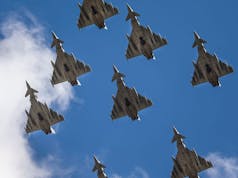
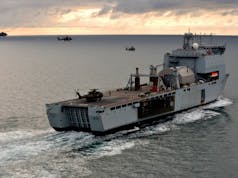
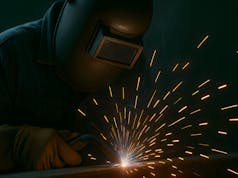

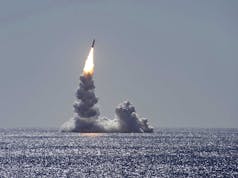

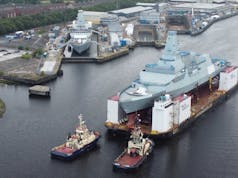


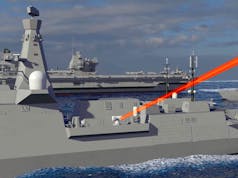

What’s the advantage of a floating drydock? Surely it’s more expensive to operate.
Not really, they are actually easier to maintain because the components are modular and you can plug and play with maintenance.
As for their main advantages?
Cheaper than buying more waterfront property in California.
Quicker to install than digging and constructing a new facility.
In addition they can theoretically be moved to another port if required.
I Worked on Decatur this year during her deployment doing some voyage repair work.
Floating docks are quick and more flexible to use for smaller vessels. Carriers, VLCCs ULCCs need graving docks.
One disagvantage of graving docks is access. It can get tight if the Dock is narrow. Also the Dock cranes by and large are limited in there lifting capacity.